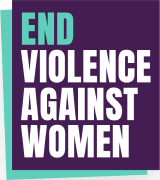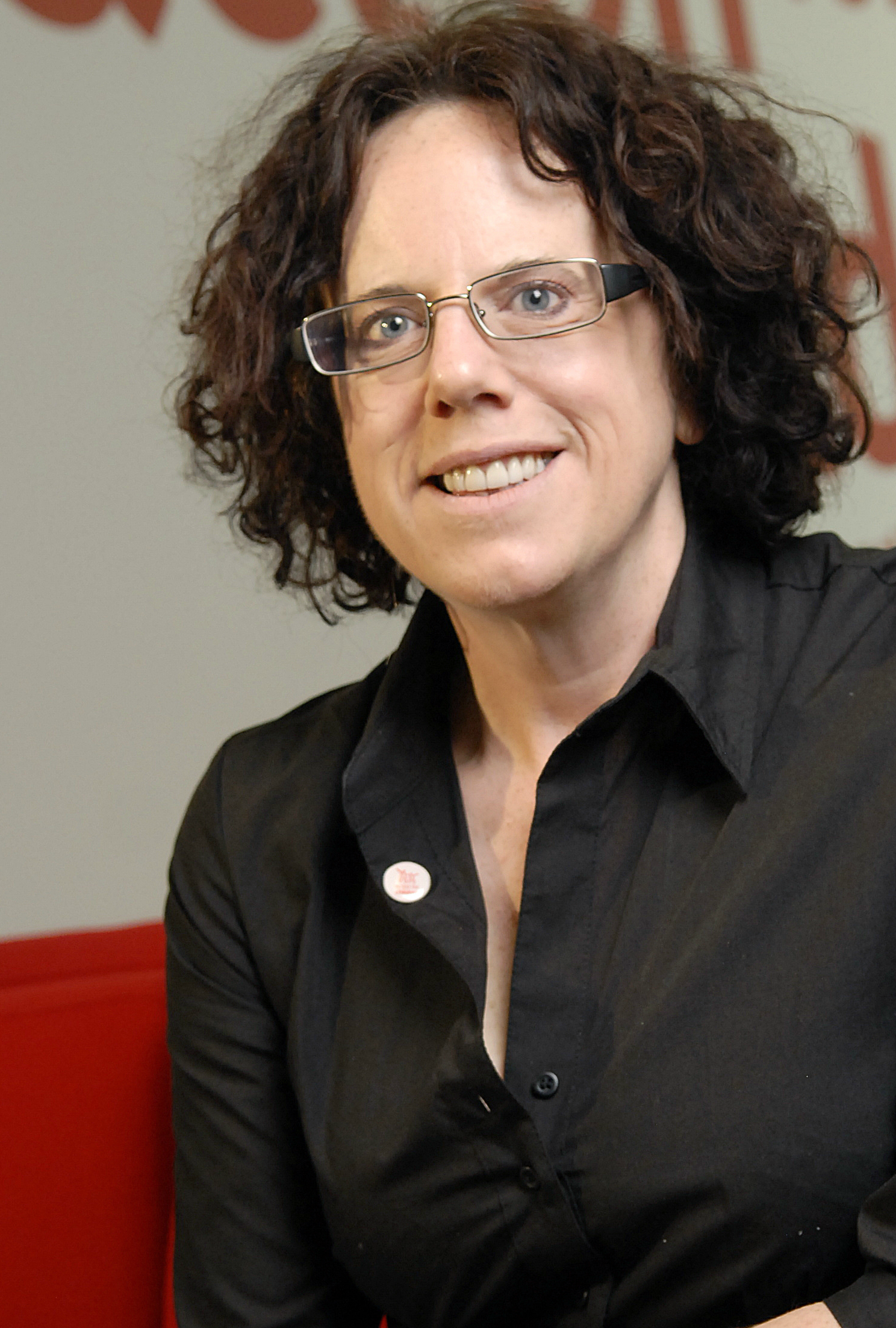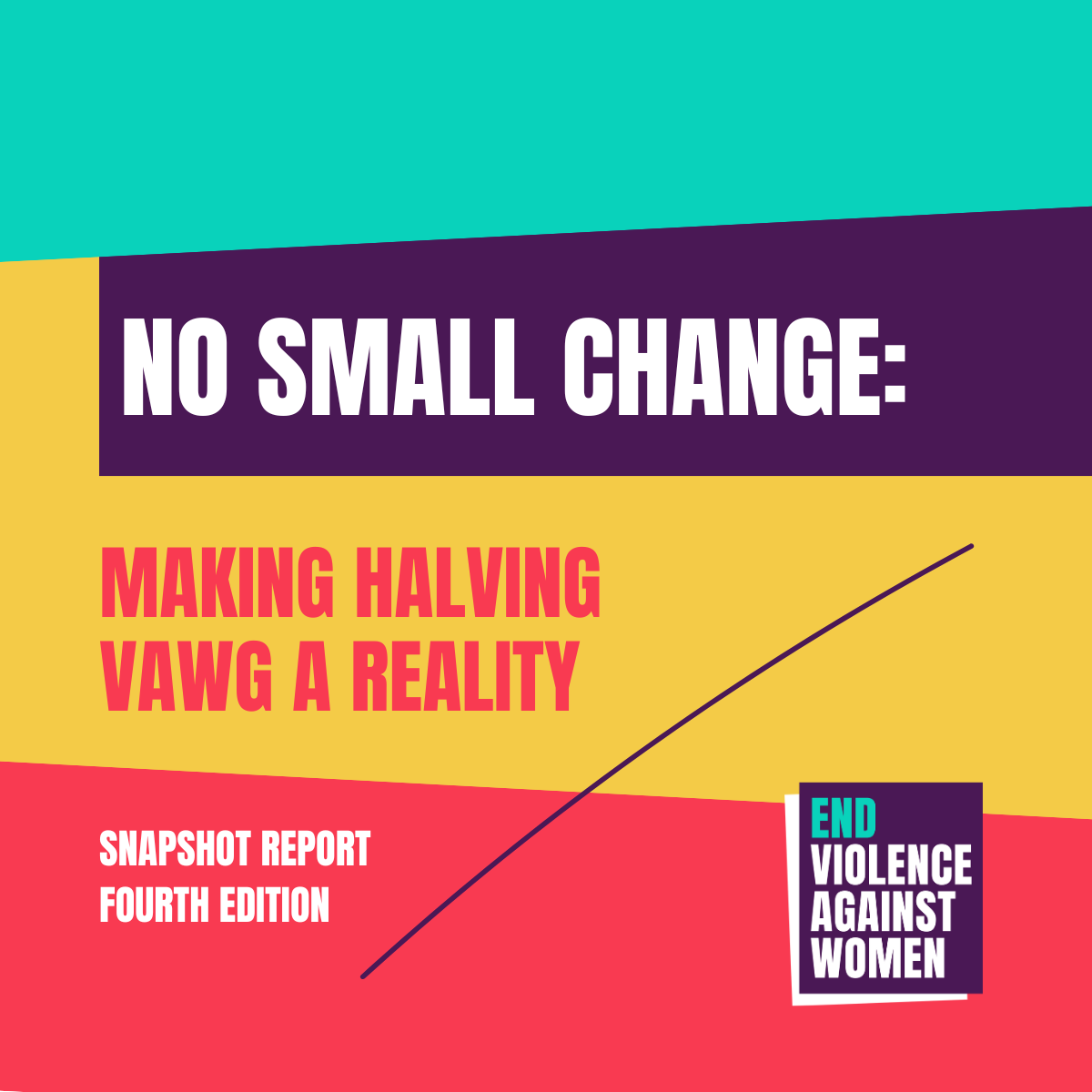 19 Mar
19 Mar
The cultural roots of violence against women grow very deep indeed. Whatever we do to cut it back, the misogyny that feeds it appears unaffected. Disrespect and even overt coercive control of women is everywhere: in popular and so-called high culture, from rap to opera. That’s why it’s so easy to think that violence against women is inevitable – a consequence of the way men are made, not a conscious choice they can control.
At the moment, we are pretty much nowhere in this country when it comes to preventing violence against women. Campaigners have pushed for years to see children’s right to education on healthy relationships, sexual consent and respect for others enshrined in law, with sex and relationships education compulsory in every school. We allowed ourselves to hope when Theresa May took over as Prime Minister. But as yet, we are still hoping. The Home Office’s Disrespect Nobody advertising campaign, aimed at young people, is great as far as it goes – but given the tiny investment compared to the scale of publicity required to change attitudes and behaviour, frankly it just doesn’t go very far.
In this context, the way in which the media report and comment on violence against women really matters. Lazy resorting to stereotypes and pat phrases, journalists who don’t make the effort to stop and think: they are all making the job of prevention more difficult. Every time a man who has killed his partner, or even his whole family, is referred to as a lovely chap, great neighbour, loving dad, the truth about violence against women is obscured. Every time a woman is blamed for in some way inviting sexual assault or rape, a woman somewhere becomes too afraid to tell.
Yet these patterns of reporting are the norm. Victim-blaming, perpetrator-excusing, and the ridiculous concealment of patterns of femicide behind the glib journalese of “isolated incidents” – these are everywhere. Just like the casual sexism and objectification, and the mainstreaming of pornography, we are just not meant to care.
It will take more than the precious examples highlighted by the EVAW Media Awards to start to chip away at the cultural roots of misogynist violence. But combined with activists’ own fantastic work on social media – Everyday Sexism, No More Page 3, End Victim Blaming for example – it’s a start.
In my experience, as a former journalist, the profession can encourage a weird mixture of egotism and irresponsibility: journalists can both take their work far too seriously, and yet still deny its impact on the lives of individuals when it suits.
When something is as pervasive as violence against women, as sexism, we are all either part of the solution or part of the problem. Overwhelmingly, right now, the media are part of the problem. This must change – now.
Recommended ARTICLES
 19 Mar
19 Mar
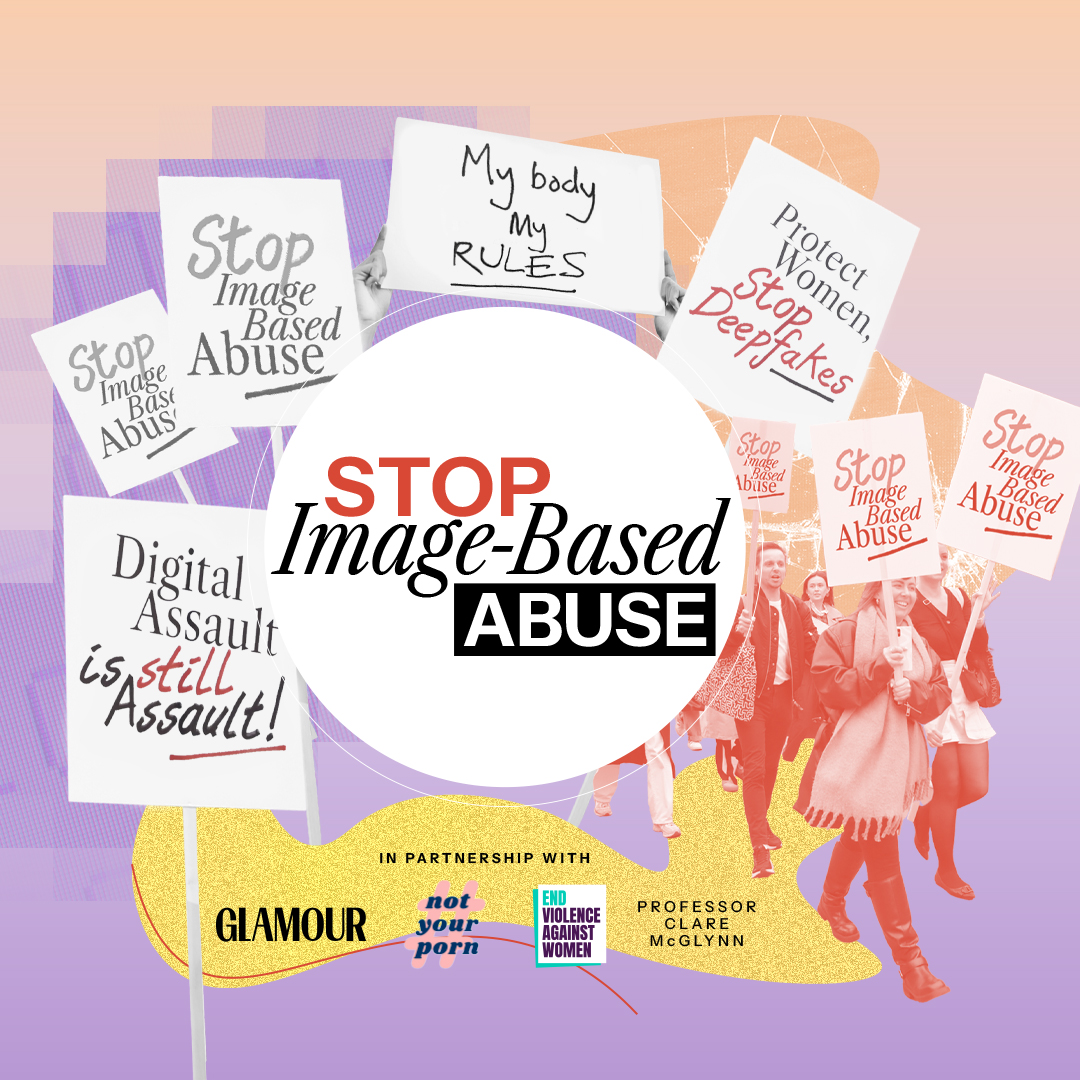 05 Mar
05 Mar
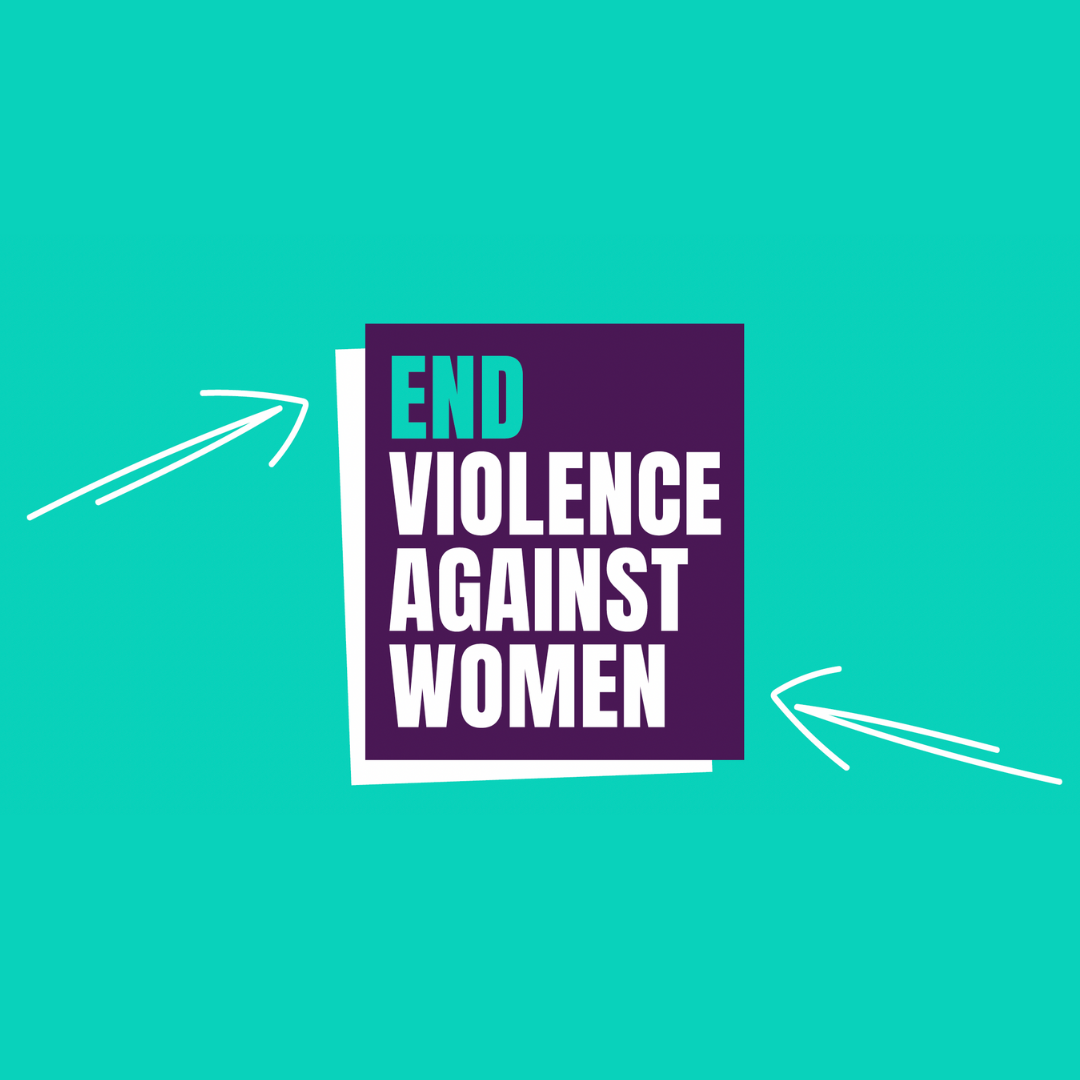 27 Feb
27 Feb
